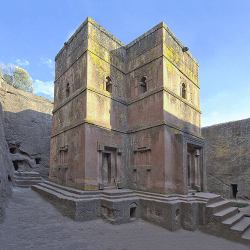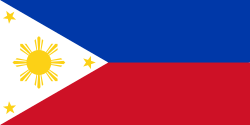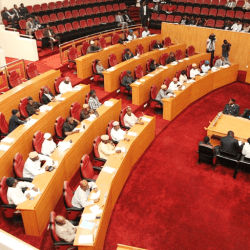Roman Empire to Italy
The Roman Empire was one of history’s most powerful empires, centered around the city of Rome. At its peak (117 AD), it spanned large portions of Europe, North Africa, and the Middle East. Its impact on law, government, architecture, and the Latin language continues to influence modern societies. After the fall of the Western Roman Empire in 476 AD, Italy broke into several smaller kingdoms and regions, such as the Papal States, the Kingdom of the Lombards, and various city-states. Italy was eventually unified as a nation in 1861 under King Victor Emmanuel II, marking the beginning of modern Italy, with Rome as its capital.
Byzantine Empire to Turkey
The Byzantine Empire was the continuation of the Eastern Roman Empire after the fall of the Western half. Its capital, Constantinople (modern-day Istanbul), was a major cultural and political center for over a millennium. The Byzantine Empire was a stronghold of Christianity and Hellenistic culture. In 1453, the Ottoman Turks conquered Constantinople, and the region became the heart of the Ottoman Empire. After the dissolution of the Ottoman Empire in the aftermath of World War I, the Republic of Turkey was officially established in 1923 under Mustafa Kemal Atatürk.
Persia to Iran
Ancient Persia, known for empires like the Achaemenid Empire (founded by Cyrus the Great), spanned vast territories and influenced global culture, art, and politics. Persia was known for its contributions to architecture, philosophy, and governance. After a long history of different dynasties and foreign conquests, including by Alexander the Great and Islamic forces, Persia maintained its cultural identity. In 1935, under the rule of Reza Shah Pahlavi, the country officially requested to be called “Iran,” which reflects its broader heritage, drawing from the ancient Aryan tribes who settled there.
Gaul to France
Gaul was the Roman name for the region that now largely comprises modern-day France, Belgium, and parts of neighboring countries. It was inhabited by Celtic tribes before being conquered by the Roman Empire in the 1st century BCE. After the collapse of Roman control, the region was ruled by the Frankish kingdoms, particularly under the Merovingians and later the Carolingians (notably Charlemagne). The name “France” comes from the Franks, a Germanic tribe that settled in the region. By the Middle Ages, the Kingdom of France became a major power in Europe, leading to the modern French state.
Kievan Rus to Russia and Ukraine
Kievan Rus was a federation of Slavic and Finno-Ugric peoples under the rule of the Varangians (Vikings) in the 9th to 13th centuries. Its capital was Kyiv, and it is considered the cultural and historical precursor to both modern-day Russia and Ukraine. The state adopted Christianity in 988 AD under Prince Vladimir I, which shaped the region’s culture. After the Mongol invasion in the 13th century, Kievan Rus fragmented, and power shifted to the Grand Duchy of Moscow. Over time, Moscow grew into the Russian Empire. In 1991, after the dissolution of the Soviet Union, Ukraine and Russia became independent nations, each tracing their heritage to Kievan Rus.

These examples illustrate how ancient civilizations evolved into modern nations, often retaining aspects of their cultural, linguistic, or historical identities despite significant political and territorial changes.












